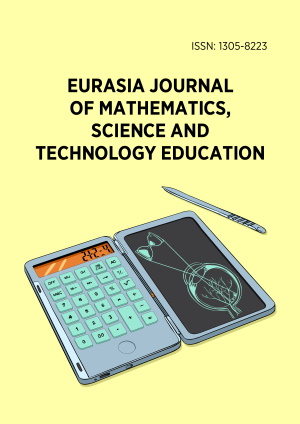Abstract
In this conceptual paper, we explore how Artificial Intelligence (AI) educational applications can enhance Inquiry-Based Learning (IBL) and Critical Thinking in science classrooms. Despite widespread support for IBL from scholars around the globe, its implementation in classrooms often falls short. Grounded in social constructivist theory, which promotes active participation, collaboration, and inquiry in knowledge construction, this paper presents a case for using AI educational apps as teaching tools to simulate scientific inquiry. Two research questions were addressed: What challenges hinder the implementation of inquiry-based science learning in South African classrooms? And how can AI-infused educational apps promote inquiry-based science learning? The literature suggests that science educators often face challenges such as a lack of knowledge of IBL, negative attitudes towards IBL, and limited resources concerning the use of IBL, which hinder their ability to implement IBL effectively. It is found that AI-infused educational apps like Magic School, Labxchange and Edpuzzle can help overcome these challenges. Their free-to-use nature facilitates the automatic creation of lessons that enable pupils to engage with scientific concepts through inquiry-based prompts, critical thinking questions, and real-world applications. In light of these findings, we argue that teacher development programs must do more to equip science educators with the skills required to integrate AI into their teaching. Future research could explore how AI can be utilized in other subjects such as mathematics to create a more engaging learning experience.
License
This is an open access article distributed under the Creative Commons Attribution License which permits unrestricted use, distribution, and reproduction in any medium, provided the original work is properly cited.
Article Type: Research Article
EURASIA J Math Sci Tech Ed, Volume 21, Issue 6, June 2025, Article No: em2655
https://doi.org/10.29333/ejmste/16532
Publication date: 23 Jun 2025
Article Views: 5976
Article Downloads: 4168
Open Access References How to cite this article
 Full Text (PDF)
Full Text (PDF)